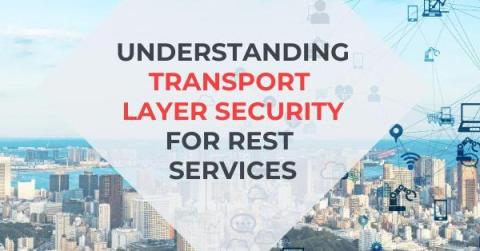Security | Threat Detection | Cyberattacks | DevSecOps | Compliance
Latest Blogs
5 Risks Of Outdated Software & Operating Systems
5-Top NIST Best Practices To Secure Your Organization
The National Institute of Standards and Technology (NIST) is part of the US department of Commerce. NIST was originally established to help the US become more competitive with economic rivals and peers. It prioritizes developing measurements, metrics, and standards for technology used in different industries.
Insider Threats: Ensuring Angry Employees and Innocent Do-Gooders Don't Derail Your Organization
Threats that arrive from outside an organization are difficult to deal with, but at least business leaders understand that they exist and prepare a proper defense. However, many managers don’t expect one of their employees to cause a problem from the inside. Sure, there will always be a worker who steals money from the cash register or walks out with a few reams of printer paper, but the true insider threat is much more dangerous. The U.S.
Happy second birthday, Kubescape!
Data Loss Prevention: Learn Types, Challenges, and Tips to Secure Your Data
Breach and Attack Simulation Helps Pipeline Operators Comply with New TSA Requirements
In July of this year, the Transportation Safety Administration (TSA) released Security Directive Pipeline-2021-02D (SD-02D) Pipeline Cybersecurity Mitigation Actions, Contingency Planning, and Testing. The directive—aimed at owners and operators of liquid and natural gas pipelines or facilities designated as critical infrastructure—outlines requirements for enhancing cyber resilience through the implementation of a TSA-approved cybersecurity implementation plan (CIP).
Romance Scams That Run Your Crypto Wallet Dry
Scammers are using dating sites to lure victims into phony cryptocurrency investment schemes, according to Sean Gallagher at Sophos. These types of investment scams are known as “pig butchering,” loosely translated from the Chinese phrase “sha zhu pan.” In this case, the scammers convince the victim to participate in a liquidity pool arrangement, a legitimate but risky cryptocurrency investment technique.
China's Cyber Offensive: FBI Director Reveals Unmatched Scale of Hacking Operations
WASHINGTON – In a startling revelation, FBI Director Chris Wray disclosed at a recent conference that China's cyber espionage capabilities are so extensive, they bigger than the efforts of all other major nations combined. While the U.S. government has long been cautioning against the cyber threats emanating from China, Wray's statements took the conversation to a new level of urgency.
The Consequences of Non-Compliance in Cybersecurity: Risks and Penalties
Non-compliance in cybersecurity marks a grave oversight. It involves neglecting established security protocols, leaving organizations vulnerable to malicious actors. Read on as we examine the potential risks of non-compliance, including heightened susceptibility to cyberattacks, the specter of data breaches, and the erosion of a company's hard-earned reputation.











